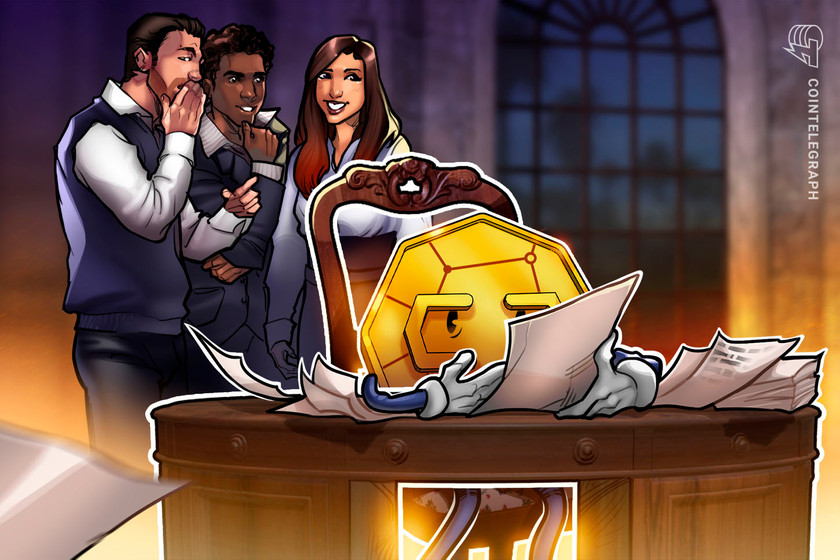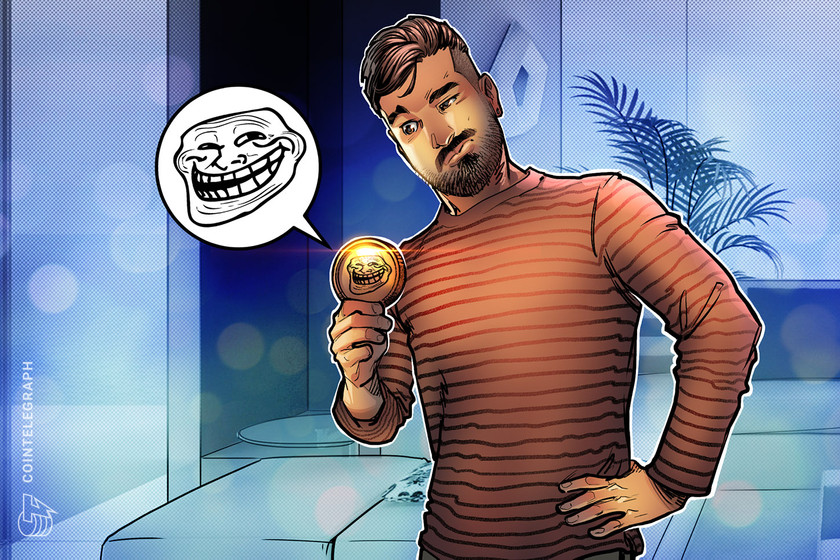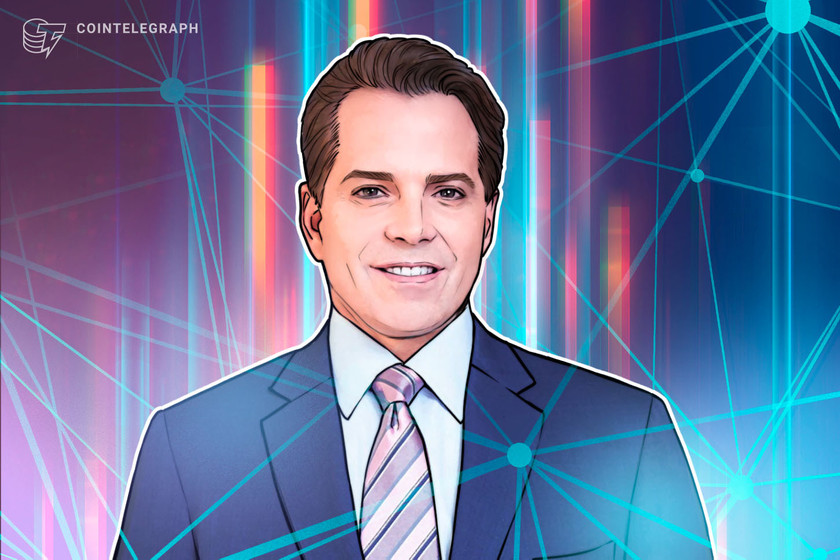Friendsies NFT creators deny ‘abandoning’ project amid rug pull allegations


The Friendsies NFT collection responded to accusations it was behind a $5 million rug pull after announcing a “pause” of the project.
The team behind nonfungible token collection Friendsies has refuted claims they are “abandoning” the NFT project following a tsunami of “rug pull” accusations.
On Feb. 21, the founders behind the NFT project told their Twitter followers that they werputting a “pause” on Friendsies and “all future digital goods” for the time being, citing market challenges.
Around 40 minutes later, the Twitter account was deleted, while the account of Friendswithyou, who developed the project, was made private — sparking rumors that the founders had “rugged” for about $5 million.
With the $5.3m @friendsies_ai hard rug earlier today it remains unclear how the funds could’ve possibly been spent.
There have been no announcements since September, no community treasury, and no P2E game.
The team blames “market volatility” as their rationale. pic.twitter.com/FM8ytum4Ur
— ZachXBT (@zachxbt) February 21, 2023
The project’s Twitter account has since been reinstated with the founders vehemently denying they are “abandoning” the project. The founders’ account is still private, however.
“It is clear that we have upset many of you with the nature of our announcement, and perhaps we did not handle that in the best way possible,” they said, adding:
“To be very clear, we are not abandoning fRiENDSiES.”
The founders said the initial announcement was more about pausing social engagement “until further notice.”
“That was not intended to mean we are pausing building and seeking opportunities, those efforts remain on-going,” it added.
Friendsies is a collection of 10,000 Ethereum-based NFTs that launched last March. It purported to give each holder a custom-built “digital companion” thatcould be used in the metaverse, real-life experiences, art installations, and eventually a “Tomogatchi-like” play-to-earn game.
There are currently 3,323 owners of Friendsies NFTs. The collection has a floor price of 0.012 Ether (ETH) (approximately $20) and a trading volume of 3,775 ETH, according to data from OpenSea.
In the initial announcement, Friendsies said the “volatility and challenges of the market have made it very difficult to move this project forward in a way we can be proud of.”
˙ᵕ˙ – Hi friends! We wanted to reach out directly to the community with an important update. As the project founders, we have decided that it would be best to put a pause on @fRiENDSiES_Ai and all future digital goods for the time being. We had the best intentions to make a
— fRiENDSiES (@fRiENDSiES_Ai) February 21, 2023
In the follow-up Twitter thread some 17 hours after the pause announcement, the project’s founders admitted they were “overwhelmed” with hate and threats over the announcement:
“We were overwhelmed with hate and threats & both our Twitter and website were attacked […] We are sorry if we let you down today with our communication, but we are not going anywhere,” it wrote.
Related: NFTs will act as high-end property during boom cycles: Real Vision CEO
Making a public offer to take over Friendsies. I’ll install a new team and take the project forward with a different vision
The IP has so much potential and the holders deserve better. We just cannot keep letting stuff like this slide because it really is hurting the space.
— Satvik Sethi (@sxtvik) February 21, 2023
Mastercard’s former NFT product lead, Satvik Sethi, who resigned in spectacular fashion earlier this month, has even made an offer to take over the Friendsies NFT project.
“I’ll install a new team and take the project forward with a different vision,” he said.
“[Friendswithyou] if you care at all about your holders like you’ve always claimed, do the right thing. Don’t abandon people who put their trust in you despite all the noise. Hit me up, let’s discuss it.”






















